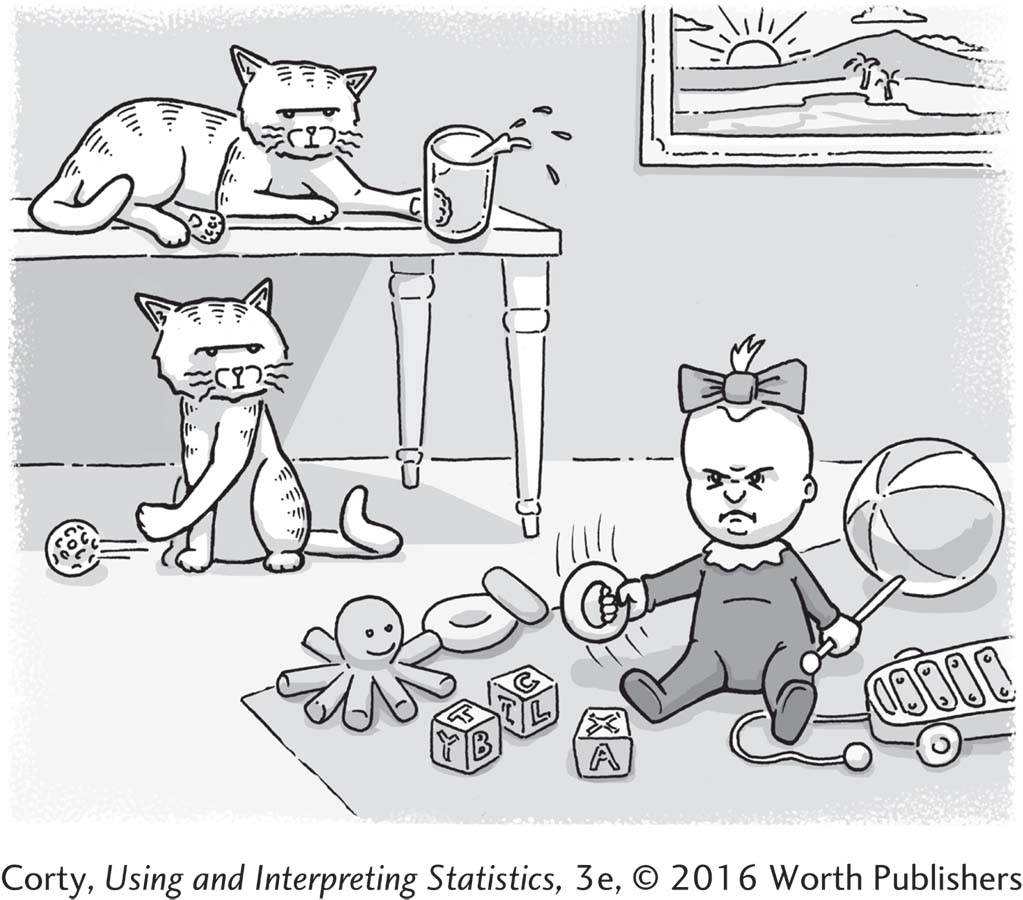Chapter Introduction
8
Independent-Samples t Test
LEARNING OBJECTIVES
Differentiate between independent samples and paired samples.
Conduct the steps for an independent-samples t test.
Interpret an independent-samples t test.
CHAPTER OVERVIEW
Chapters 6 and 7 covered the single-sample z test and the single-sample t test. Both are difference tests, used to compare the mean of a sample to the mean of a population. They were the first tests covered because they are good for introducing the logic of hypothesis testing and the six-step procedure for completing a hypothesis test. But researchers rarely ask whether this sample mean differs from that population mean.

This chapter introduces a test, the independent-samples t test, that researchers do use regularly. The independent-samples t test is a two-sample difference test. This is just what it sounds like—a test that is used to see if the average score in one population is better or worse than the average score in a second population. Why is it commonly used? Because classic experiments involve two groups—an experimental group and a control group. Nothing is done to the control group, something is done to the experimental group, and then the outcomes of the two groups are compared to see if the independent variable (the “something”) had an effect on the dependent variable.